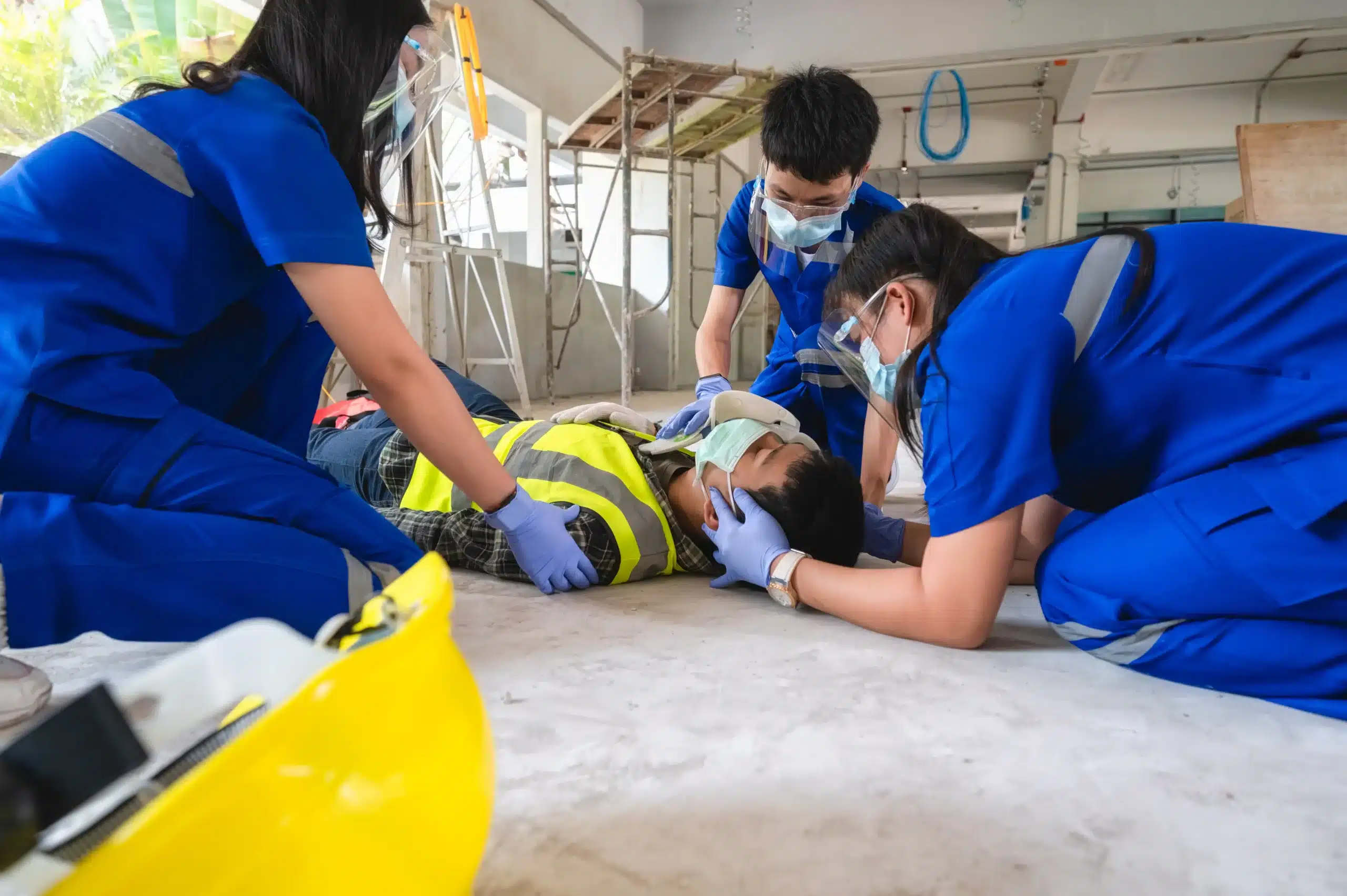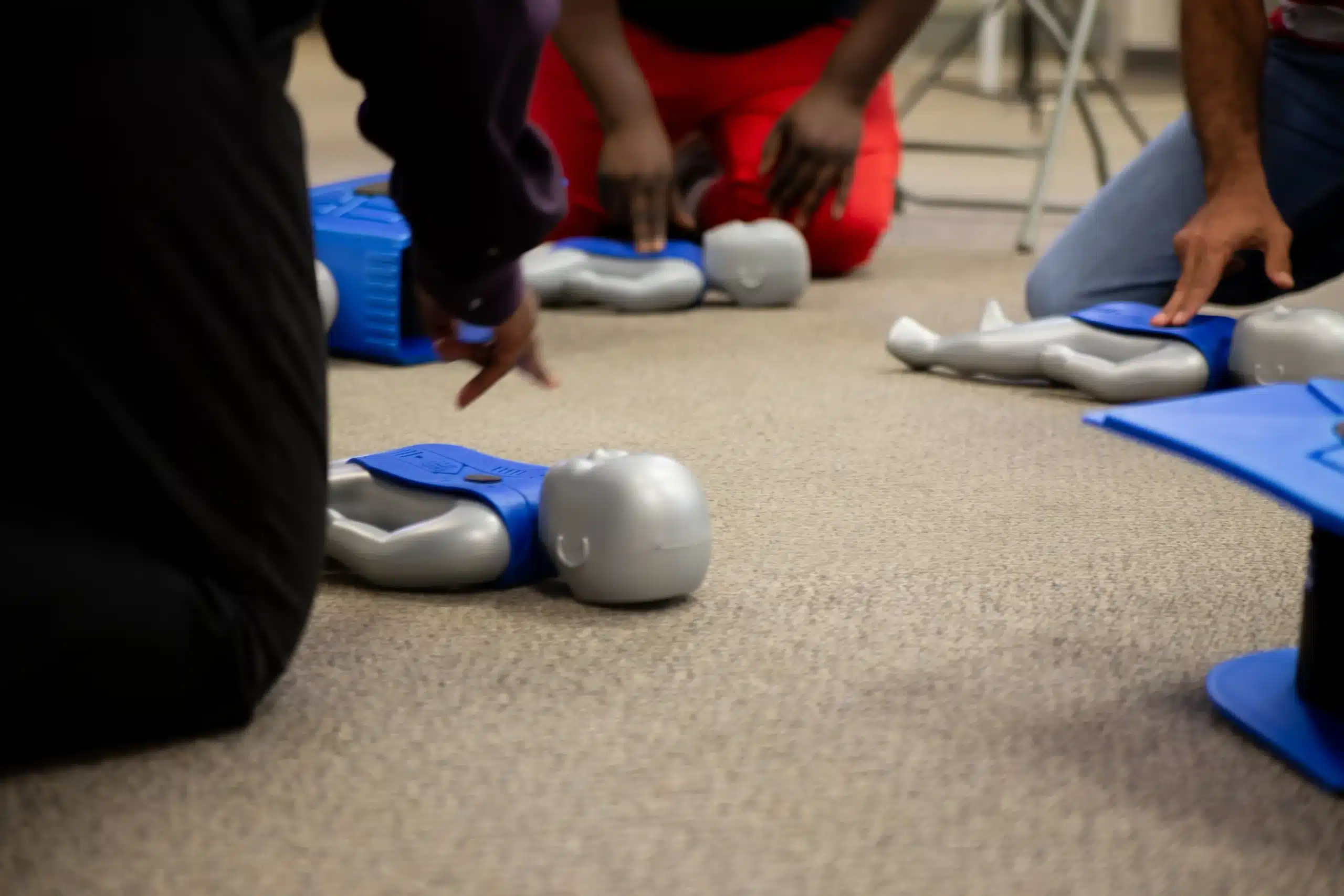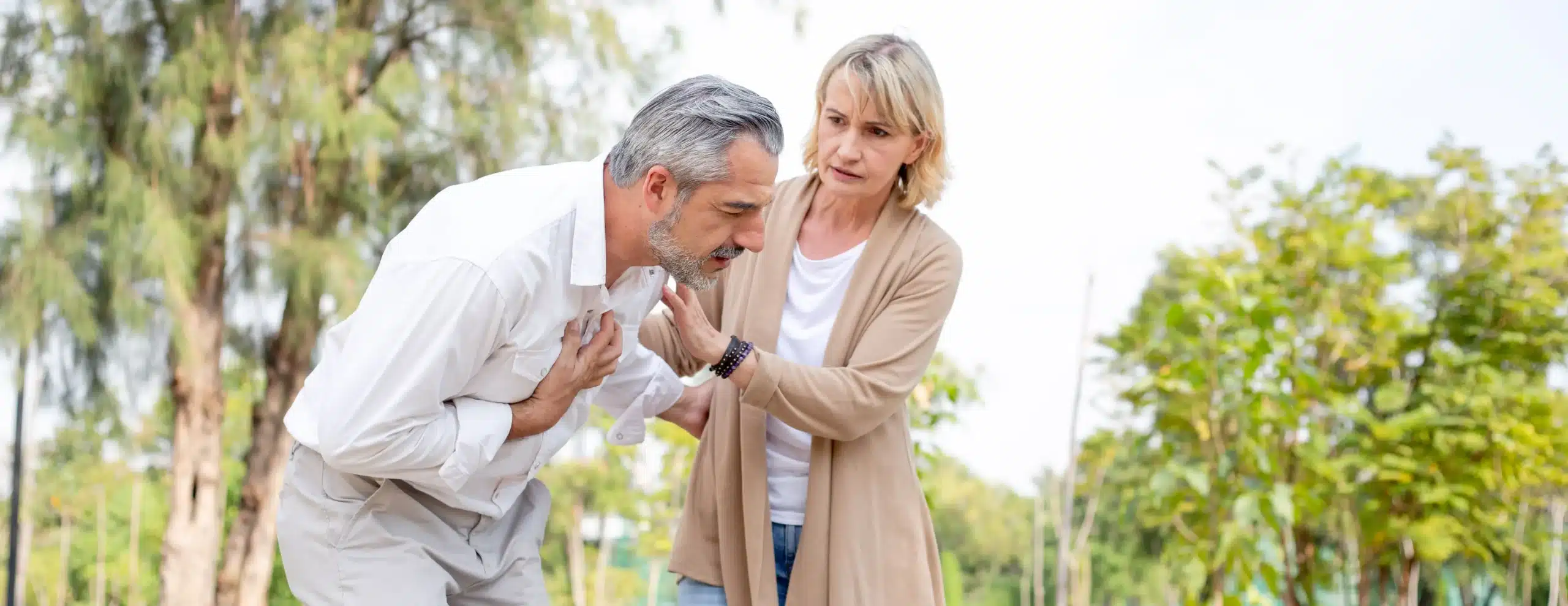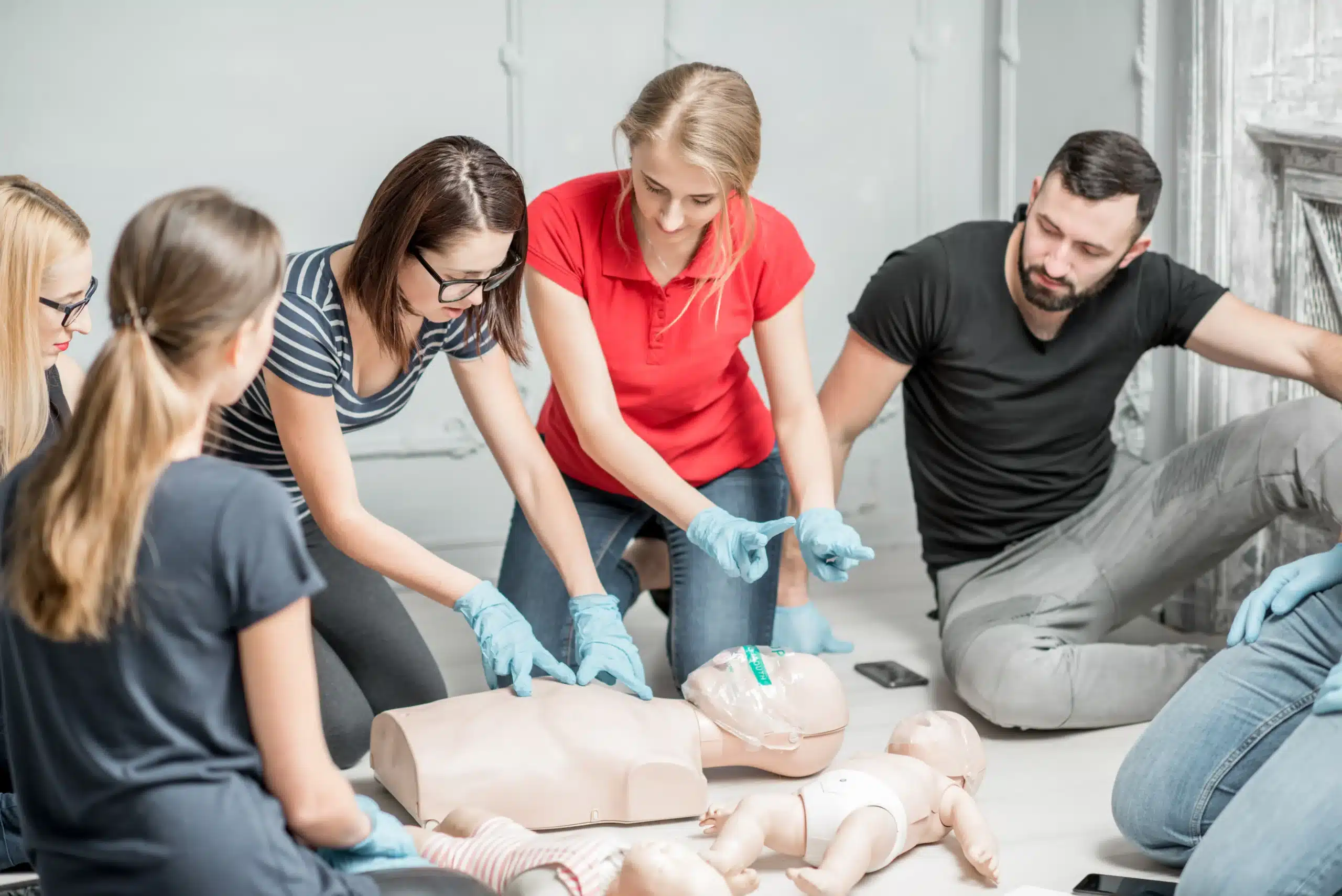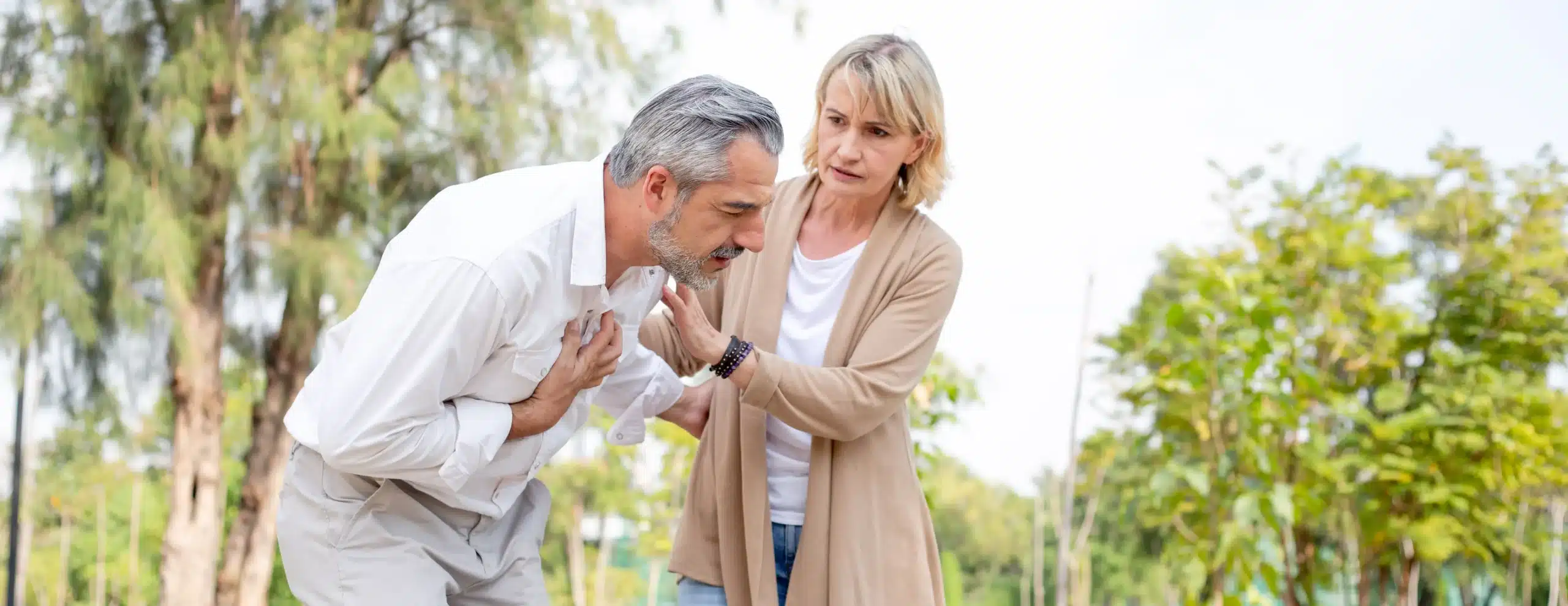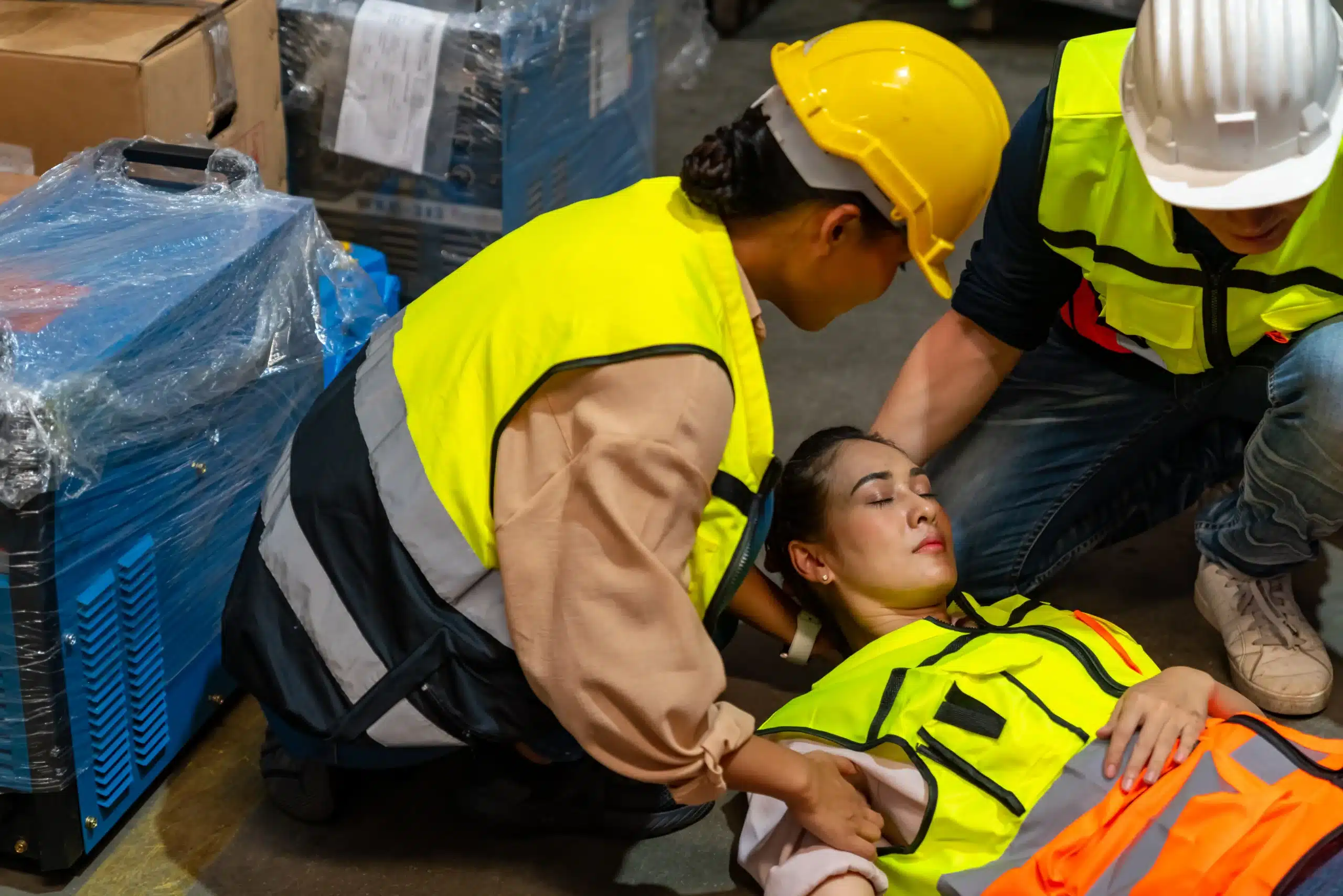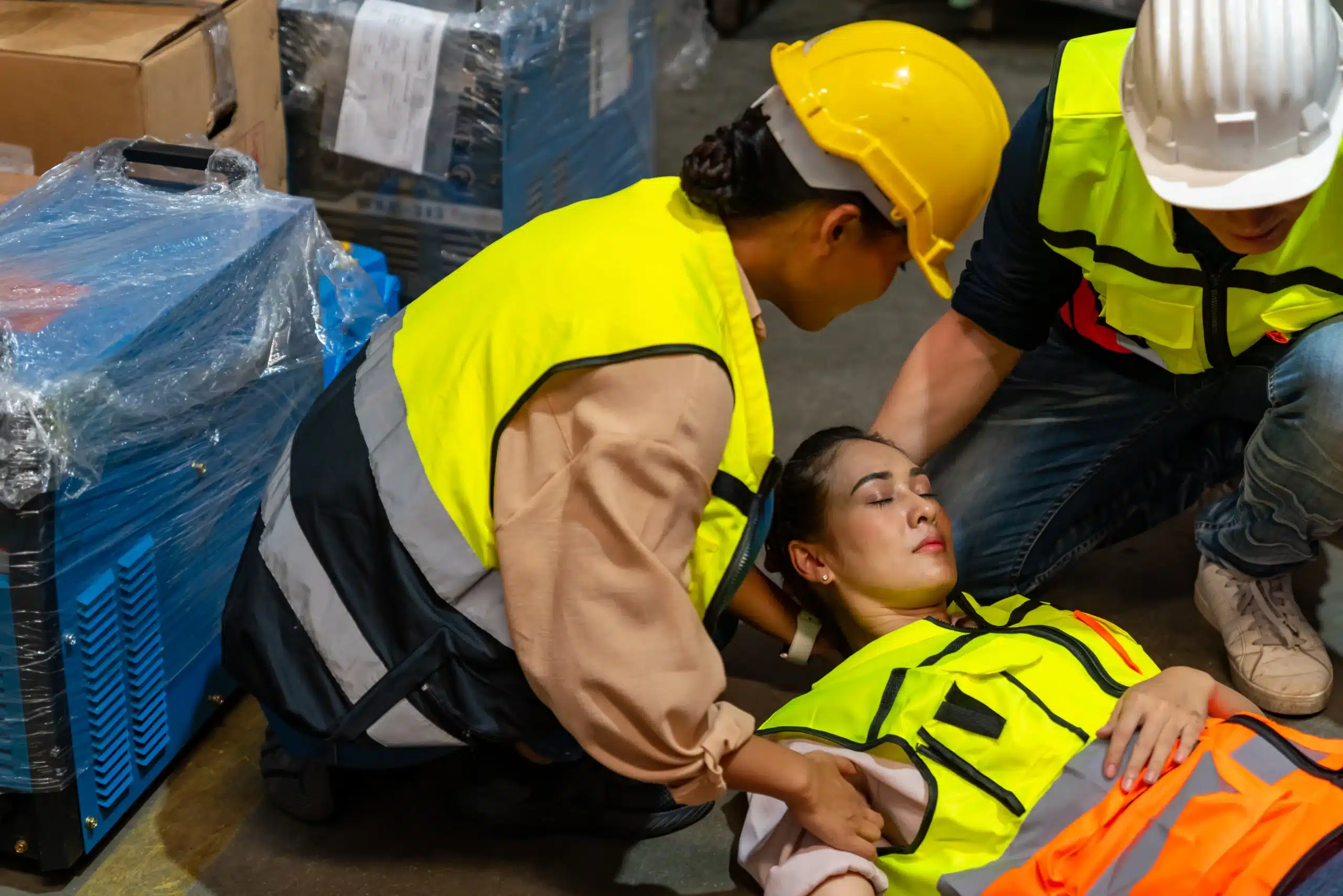Empowering yourself with the knowledge and skills to save a life is an incredibly rewarding experience. CPR training provides you with the confidence to respond effectively during medical emergencies, offering immediate assistance when it matters most. This guide is your go-to resource for finding cpr classes in Berkeley, covering everything from basic CPR certification to specialized courses for healthcare providers. Let’s delve into the world of CPR training and discover how you can become a vital link in the chain of survival.
Key Takeaways
- CPR training equips you to handle emergencies: Learning CPR, whether basic or advanced like ACLS/PALS, builds confidence and the ability to respond effectively when seconds count.
- Find the right CPR class in Berkeley: Explore various options, including those at Berkeley CPR Classes, considering factors like cost, schedule, and course content. They offer a low price guarantee and group discounts.
- Stay current with your CPR skills: Regularly review techniques and pursue recertification to maintain your preparedness and effectiveness in providing aid.
What is CPR?
What is CPR and Why Does it Matter?
CPR, which stands for cardiopulmonary resuscitation, is a lifesaving technique used when someone’s breathing or heartbeat has stopped. Picture this: someone collapses, unresponsive. CPR combines chest compressions and rescue breaths to keep blood flowing and oxygen circulating to vital organs until paramedics arrive. Knowing CPR can give you the confidence to act quickly and effectively during a crisis, potentially saving a life. Learn more about CPR training and why it matters.
CPR Class Types
Berkeley offers various CPR classes tailored to different needs. Whether you’re looking for basic life support or advanced certification, you can find a course that fits your goals. Berkeley CPR Classes offers a range of American Heart Association (AHA) certified courses—from basic CPR and First Aid to advanced certifications like ACLS. This training goes beyond the basics of CPR, covering techniques like using an AED and assisting with choking. Check out our BLS course for healthcare providers. We also offer RQI classes. For larger groups, we offer discount group CPR training.
CPR Training Myths
Many people hold misconceptions about CPR training. Some believe you need to be a medical professional to perform it effectively. The truth is, anyone can learn CPR. The skills are straightforward and easily acquired through training. Dispelling these myths is key to encouraging more people to become trained and prepared to help in emergencies. We encourage you to review our low price guarantee.
Find a CPR Class in Berkeley
Finding the right CPR class in Berkeley depends on your schedule and what you want to learn. Here are a few places to start:
Berkeley CPR Classes
Berkeley CPR Classes offers a range of American Heart Association certification courses, including BLS, ACLS, and PALS. They prioritize customer service and have a low price guarantee. Classes are available daily, and they also offer discounts for groups, which is helpful for families, businesses, or community organizations. Knowing CPR can give you the confidence to respond effectively in an emergency.
American Red Cross
The American Red Cross is a trusted name in CPR training, with classes available in Berkeley. They offer courses in adult, child, and infant CPR and first aid, often with online and in-person options. CPR certifications are typically valid for two years, but the Red Cross suggests refreshing your skills regularly. Visit their website for schedules and locations.
UC Berkeley Recreation and Wellbeing
UC Berkeley’s Recreation and Wellbeing department offers several health and safety courses, including adult CPR with AED training. They use different formats, including blended learning (online and in-person) and fully in-person classes. This can be a convenient option for students and staff.
Other Local Providers
You can find several other organizations and training centers offering CPR classes in Berkeley. Costs usually range between $95 and $105, depending on the provider and the course. When researching, consider factors like class size, instructor experience, and what the course covers. Contact providers directly with any questions to find the best fit.
Choose the Right CPR Class
Picking the right CPR class depends on your needs and goals. Do you need basic training for your job, or are you a healthcare provider seeking advanced certification? Let’s break down the different types of CPR classes so you can make the best choice.
Adult, Child, and Infant CPR
Most basic CPR certification courses cover techniques for adults, children, and infants. You’ll learn to recognize cardiac arrest, perform chest compressions, and give rescue breaths. This training prepares you to respond to emergencies for people of all ages. Knowing CPR for everyone is valuable, especially for parents, caregivers, and those working with children.
AED Training: Why It’s Important
Many CPR courses include training on using an automated external defibrillator (AED). AEDs are portable devices that analyze heart rhythms and deliver a shock to restore a normal heartbeat during cardiac arrest. Learning to use an AED is crucial and can significantly increase survival chances. Berkeley offers various CPR classes with AED training, making it easy to gain this skill.
Specialized Courses for Healthcare Professionals
Healthcare professionals often need advanced certifications like Basic Life Support (BLS), Advanced Cardiovascular Life Support (ACLS), Pediatric Advanced Life Support (PALS), or the Neonatal Resuscitation Program (NRP). These specialized courses cover more in-depth life-saving techniques for healthcare providers. If you’re a medical professional, check with your employer or licensing board for required certifications. Berkeley CPR Classes offers advanced courses for healthcare workers in the area.
Online vs. In-Person Training
CPR training is available online and in person. Online courses offer flexibility, letting you learn at your own pace. In-person classes provide hands-on practice and interaction with an instructor. Berkeley CPR Classes offers both, so choose the format that suits your learning style and schedule. Consider what type of learner you are and how much interaction you prefer.
Tips for Choosing a Class
Choosing a CPR class doesn’t have to be overwhelming. First, identify your needs. Is CPR certification required for your job, or are you taking a class for personal growth? Consider your schedule and budget. Look for classes at convenient times and locations within your price range. Check if the course is accredited by a reputable organization like the American Heart Association. Berkeley CPR Classes offers various courses for different needs and budgets. Contact them if you have questions or need help choosing the right class.
Costs, Certification, and Training
CPR certification is an investment in your skills and the well-being of your community. Understanding the costs, the training process, and how certification works can help you choose the right class.
Average Class Prices
CPR training courses in Berkeley typically range from $95 to $105, depending on the provider and the specific course. This price usually includes instruction, materials, and certification fees. It’s always a good idea to confirm pricing directly with the training provider before registering. Berkeley CPR Classes offers a low price guarantee, ensuring you receive quality training at a competitive price.
Group Discounts and Promotions
If you’re training with a group, such as coworkers or a community organization, look for group discounts. Many providers, including Berkeley CPR Classes, offer reduced rates for group bookings, making training together more affordable. Keep an eye out for seasonal promotions or early bird discounts that can also help lower the overall cost.
What Happens During Training?
CPR and AED certification courses cover essential life-saving skills. You’ll learn to recognize the signs of cardiac arrest, perform chest compressions, give rescue breaths, and use an automated external defibrillator (AED). The training typically involves classroom instruction, demonstrations, and hands-on practice. You’ll practice your skills on mannequins in a simulated emergency environment.
Certification: How Long it Lasts + Renewals
Most CPR certifications are valid for two years. To maintain your skills and stay up-to-date with the latest guidelines, renewing your certification is essential. Check with your certifying organization, such as the American Heart Association or the Red Cross, for their specific renewal requirements. Berkeley CPR Classes offers a variety of courses, including BLS and ACLS, to help you maintain your current certification.
Hands-on Practice and Real-Life Scenarios
Effective CPR training emphasizes hands-on practice and real-life scenarios. You’ll learn to assess emergency situations, make quick decisions, and perform life-saving techniques under pressure. This practical experience builds confidence and prepares you to respond effectively in a real emergency. Many courses, like those offered by Berkeley CPR Classes, incorporate scenarios that simulate real-life emergencies, giving you the opportunity to apply your skills in a controlled environment. This training goes beyond basic CPR, covering various techniques, including using an AED and assisting with choking. For healthcare professionals, specialized courses like RQI classes are also available.
Benefits of CPR Certification
Getting CPR certified is about more than just checking a box; it’s an investment in yourself and your community. Here’s why:
Confidence in Emergencies
Emergencies are inherently stressful. CPR training equips you with the skills and knowledge to respond effectively, replacing panic with purposeful action. Knowing you can make a difference is incredibly empowering. This confidence translates to clearer thinking and faster reactions when every second counts.
Better Job Opportunities
Many professions, from healthcare and education to childcare and corporate settings, value CPR certification. Listing this skill on your resume demonstrates your commitment to safety and preparedness, potentially giving you an edge over other candidates. It signals to employers that you’re someone who takes initiative and is prepared to handle critical situations. Plus, some roles require CPR certification, so it can open doors to new career paths. Check out our CPR courses to get started.
Community Safety
CPR-trained individuals are vital assets to their communities. Cardiac emergencies can happen anywhere, and having people nearby who can provide immediate assistance significantly improves the chances of survival. By getting certified, you become a link in the chain of survival, contributing to a safer environment for everyone.
Improved Emergency Response
CPR and AED training teaches you the essential skills to respond effectively to a cardiac arrest. You’ll learn to recognize the signs, perform chest compressions, provide rescue breaths, and use an AED. These skills empower you to provide immediate assistance while waiting for professional medical help to arrive, potentially bridging the gap between a life lost and a life saved.
Get CPR Certified in Berkeley
Enroll in a CPR Class
Ready to get started? Finding the right CPR class in Berkeley is straightforward. Berkeley CPR Classes offers a range of American Heart Association (AHA) certified courses—from basic CPR and First Aid to advanced certifications like ACLS and PALS. They also offer RQI classes and discount group classes. With their low price guarantee and classes offered daily, you’re sure to find a time that works for you. Review their website and register for a class today.
Prepare for Your CPR Training
CPR certification courses equip you with essential, life-saving skills. You’ll learn how to recognize the signs of a cardiac arrest, perform chest compressions, give rescue breaths, and use an automated external defibrillator (AED). While there’s no need to study beforehand, familiarizing yourself with the basic concepts can increase your confidence. Review resources like the AHA’s CPR guidelines to get a head start. Wear comfortable clothing to your class to allow for easy movement during practice.
After Certification: What’s Next?
Congratulations on becoming CPR certified! Knowing CPR empowers you to act quickly and effectively during emergencies. Keep your certification card in a safe, accessible place, like your wallet or car. Consider sharing your new skills with family and friends—you never know when they might be useful.
Maintain Your CPR Skills
CPR skills can diminish over time, so staying current is crucial. Regularly review the techniques and guidelines to keep your knowledge fresh. Consider taking a refresher course before your certification expires. CPR renewal courses are readily available in Berkeley, ensuring you can maintain your life-saving skills and confidence. This commitment to ongoing training allows you to remain prepared and effective in any emergency.
Related Articles
- Why CPR is Vital in Healthcare
- The Science Behind Effective CPR – Berkeley CPR Classes
- CPR Courses in Berkeley: The Complete Guide – Berkeley CPR Classes
- CPR Myths You Need to Stop Believing – Berkeley CPR Classes
- Life-Saving Workplace CPR and First-aid Training Benefits
Frequently Asked Questions
How do I choose the right CPR class for me? Think about why you’re taking the class. Is it for your job, personal enrichment, or something else? Your reason will help determine the best type of class. Also, consider your schedule and budget. Look for a class that fits your availability and price range. Finally, check if the course is accredited by a recognized organization like the American Heart Association. If you’re still unsure, reach out to the training provider directly – they can help you find the perfect fit.
What can I expect during a CPR training class? CPR training is a blend of learning and doing. Expect a combination of classroom instruction, demonstrations by the instructor, and hands-on practice. You’ll learn the steps of CPR, how to use an AED, and how to recognize the signs of a cardiac emergency. Most classes use mannequins so you can practice your skills in a safe environment. Many courses also incorporate realistic scenarios to help you prepare for real-life emergencies.
How much does CPR certification cost, and how long is it good for? CPR class prices typically range from $95 to $105, but this can vary based on the provider and the specific course. Most certifications are valid for two years. To keep your skills sharp and stay up-to-date on the latest guidelines, you’ll need to renew your certification when it expires. Check with your certifying organization for their renewal process. Often, you can find discounts for group bookings or special promotions, so keep an eye out for those.
What are the benefits of becoming CPR certified? Knowing CPR can truly make a difference. It gives you the confidence to act quickly and effectively in emergencies, potentially saving a life. It can also boost your job prospects, as many employers value this skill. Beyond the personal benefits, being CPR certified makes your community safer. You become a valuable resource, ready to assist in a critical situation.
What if I’m nervous about performing CPR in a real emergency? It’s completely normal to feel a little apprehensive about using your CPR skills in a real-life situation. Remember, the training is designed to prepare you for exactly that. The hands-on practice and realistic scenarios you encounter during the course build your confidence and help you react effectively under pressure. Trust in your training, and know that any assistance you can provide is better than none.


